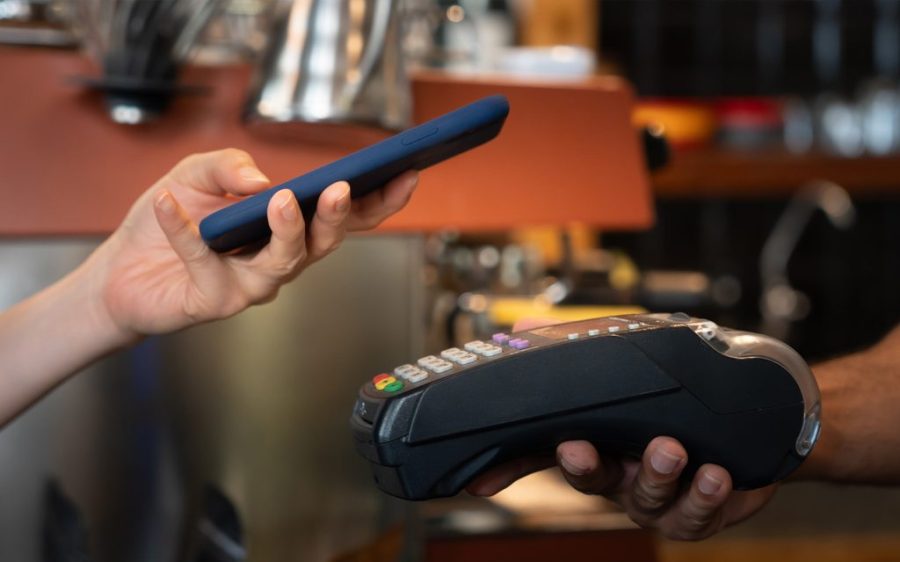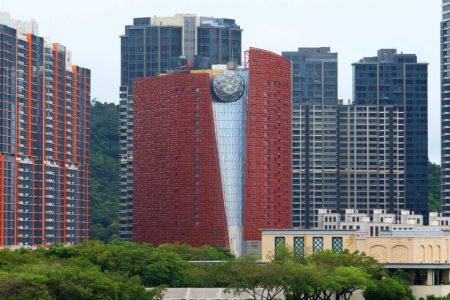Average per-capita non-gaming spending for the first nine months of this year has plummeted by 9.5 percent to 1,963 patacas (US$245.16), according to the Statistics and Census Service (known by its Portuguese initials DSEC).
Visitors from the mainland, Hong Kong, Taiwan, and overseas markets spent an average of 2,206 patacas (US$275.51), 981 patacas (US$122.51), 2,084 patacas (US$260.27) and 1,993 patacas (US$248.91), marking respective year-on-year declines of 11.3 percent, 9.0 percent, 1.1 percent and 11.2 percent.
However, the combined expenditure has increased owing to a greater number of tourists. During the first three quarters of 2025, total non-gaming spending by visitors reached 58.25 billion patacas (US$7.27 billion), up 3.6 percent year-on-year. Of this, overnight visitors accounted for 46.77 billion patacas (US$5.84 billion) (up 1.6 percent) and same-day visitors for 11.48 billion patacas ($US1.43) (up 12.8 percent).
Spending among visitors attending MICE events and performances or competitions also remained “relatively high,” according to the DSEC, averaging 4,398 patacas (US$549.27) and 3,811 patacas (US$475.96) respectively during the nine-month period.
There was some recovery in the third quarter, when visitors spent a combined total of 20.38 billion patacas (US$2.55 billion) outside the casinos, up by 10.7 percent year-on-year.
Non-gaming expenditure by same-day visitors rose sharply, by 27.6 percent, compared with the same period last year – coming in at 3.62 billion patacas ($US452 million). Overnight visitors spent 16.76 billion patacas ($US2.09 billion), up 7.6 percent.
But despite higher spending by both groups, overall per-capita non-gaming spending in the quarter dipped 2.6 percent year-on-year to 1,950 patacas (US$243.54), reflecting a rise in the number of lower-spending same-day tourists. On average, overnight visitors spent 3,846 patacas (US$480.34) each, up 5.0 percent, while same-day visitors each spent 595 patacas (US$74.31), up 3.5 percent.
[See more: Macao businesses are being encouraged to move to Hengqin. Here’s how it’s going for three of them]
Tourists continued to spend most of their money on shopping, which accounted for 42.4 percent of total non-gaming expenditures. This was followed by accommodation (26.7 percent) and food and beverages (21.2 percent).
By purpose of visit, spending remained highest among MICE participants, who forked out an average of 4,488 patacas (US$560.52) each in the third quarter, and those attending performances or competitions, averaging 3,324 patacas (US$415.15).
Analysed by visitor source, mainland Chinese tourists spent an average of 2,123 patacas (US$265.15), down 5.0 percent year-on-year. Visitors from Hong Kong and Taiwan spent 1,063 patacas (US$132.76) and 2,335 patacas (US$291.62) respectively, up 0.1 percent and 9.8 percent.
International visitors averaged 2,261 patacas (US$282.38), a 3.3 percent increase for the third quarter.
Within the Northeast Asian markets, South Korean visitors spent an average of 2,460 patacas (US$307.23), up 2.4 percent, while Japanese visitors averaged 1,939 patacas (US$242.16), down slightly by 0.6 percent.
In Southeast Asia, spending rose strongly across all major markets: Singaporeans spent 3,921 patacas (US$489.70, up 14.0 percent), Thais spent 3,306 patacas (US$412.89, up 11.9 percent), and Malaysians spent 2,548 patacas (US$318.22, up 22.4 percent).






